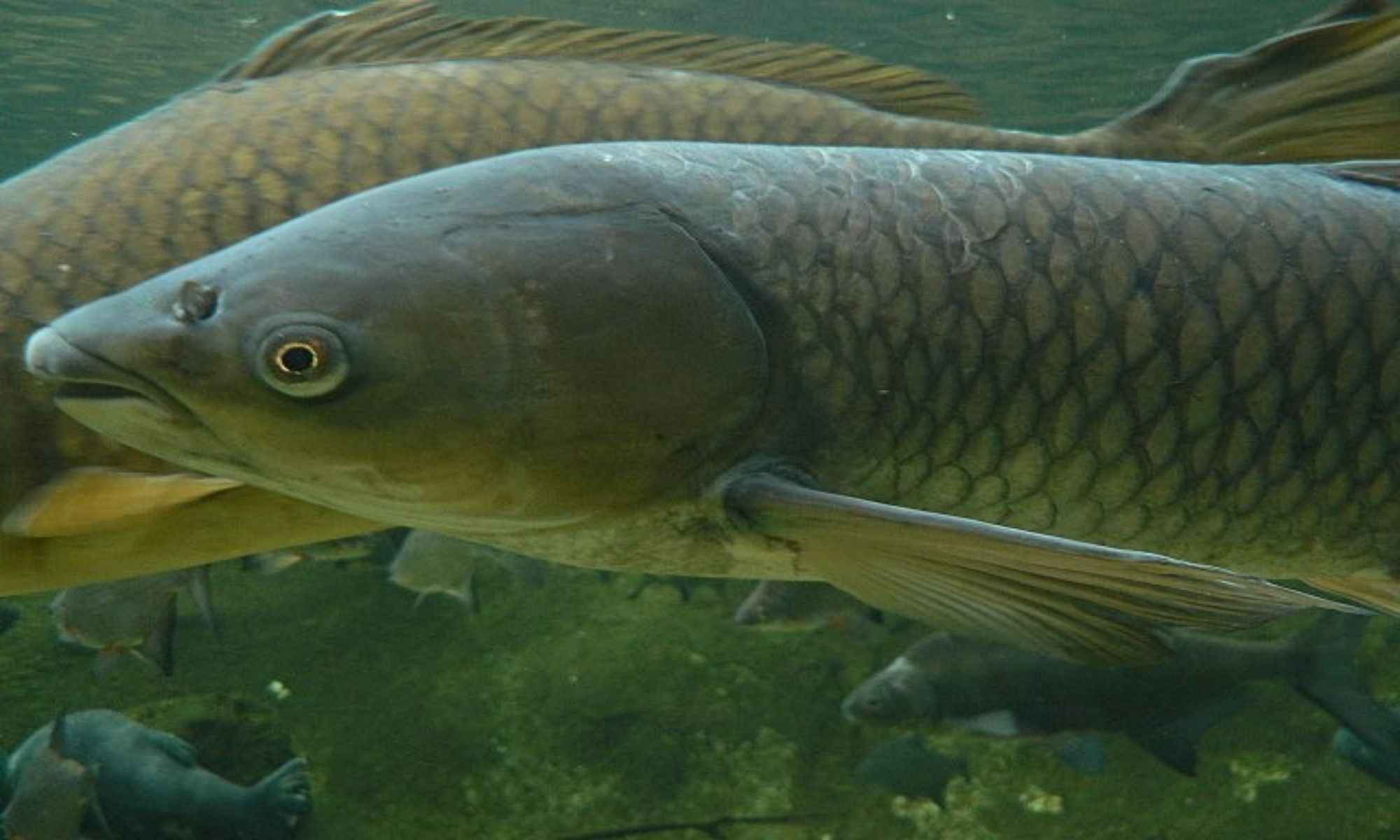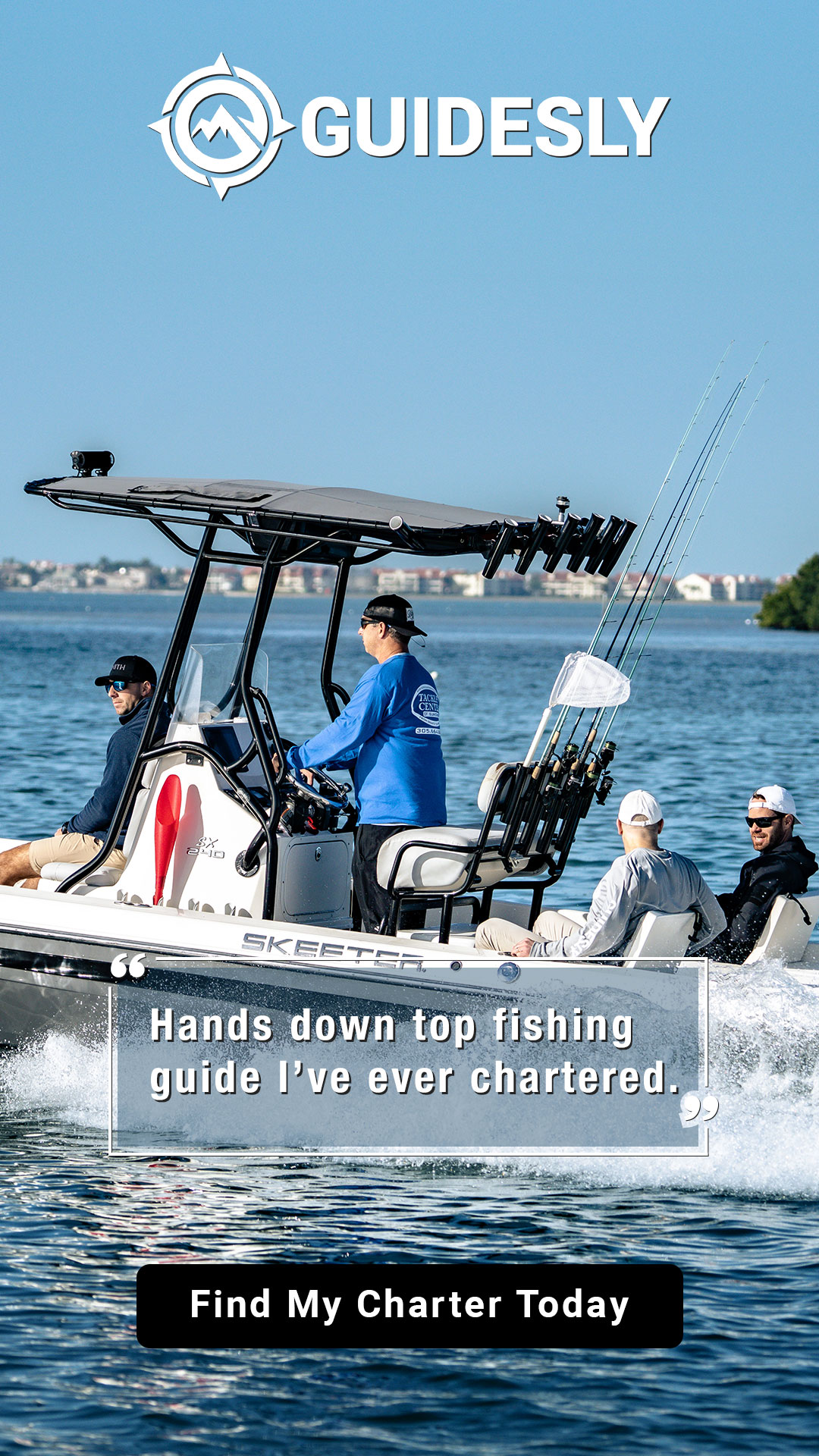The Best Way To Catch Grass Carp in a Pond
Grass carps can surely put up a fight when you try to fish for them! Here are some tips on how to catch these herbivorous fish.

Anglers have varying preferences for fish species depending on their skill level and years of experience in the fishing community. Some prefer fish that are relatively smaller in size, while others like catching huge ones. Some enjoy fish that are easier to catch, while others love those that put up a fight and take a lot of effort to catch. If you are the latter kind on both accounts, we are pretty sure that the grass carp is something on the top of your list.

Grass carps are non-native herbivorous fish cultivated and found in freshwater sources like lakes, ponds, and rivers. They are native to Asia, but they were imported to the United States for weed control. Stocked in many waters throughout the United States, they can grow up to a whopping 50 pounds and are often the largest fish available in so many areas. They have massive appetites and feed on submerged aquatic vegetation. By nature, they enjoy solitary environments and would immediately resist strange objects. Owing to their huge size and the fact that they swim along water surfaces, they are easy to spot. However, they easily notice people the same way, and their cautious nature makes it extra challenging to catch them.
Do not worry, though, because we have tips on catching these challenging yet rewarding fish species. With patience and the right directions, you will surely land your first or next grass carp soon.

1. Identify the Pond You Want to Fish In
Finding a pond should not be such a difficult task, but it is determining whether one is a private or a public property that could get tricky. Before you start fishing, it is important to confirm if you are on public property or, if it is a privately owned pond, that you have the owner’s permission to angle on their property. If you ever decide to visit another state, don't be concerned; location guides should be able to assist you. In addition, grass carps are not rare species, so most ponds are likely to have them.
2. Look for the Right Spot
Remember how grass carps are highly cautious by nature and are easily spooked? After you have located a pond, securing the right spot is just as important. Grass carp get alerted by every little movement and tend to move away, so in pursuing the right place, keep in mind that it should be at a distance where you can see and approach them easily with minimal movement.
3. Blend In With the Environment
Grass carps notice when something seems different in their environment quickly. This means that camouflaging yourself with the background is the key. For this reason, you should wear clothes that match the colors of the fishing spot. No matter how tempting or well-presented your bait is, they will swim away if they deem that there is something off with the one holding it. Blending in with the environment should be accompanied by silence and slow movements in order not to alert them of your presence.
4. Use the Right Baits and Present Them Well
Grass carps are predominantly herbivorous creatures and rarely feed on small insects. They favor vegetables such as cherry tomatoes and sweet corn over other plant baits. Baits like sweet corn should be made presentable and palatable. Soak the corn in water for at least 24 hours to do this. Afterward, fill a pan with boiling water and throw them in. The resulting output should make it soft, which usually takes 30 minutes up to an hour of soaking in the boiling water. If you want to enhance the taste to entice their taste buds, you can add a pinch of sea salt.
5. Familiarize Them with the Bait First
If the grass carp sees an odd thing floating on the water’s surface, they will find it strange and stay away from it. Chumming is important because it makes them familiar with the bait first, treating it like it is not a threat. To do this, spend some time throwing corn or your preferred bait randomly in the pond. Once you think they have grown accustomed to the bait, there will be fewer chances of them getting cautious and avoiding it when you hang it from the hook. Because chumming usually takes two to three days, you should go to a pond near your home.
6. Invest in the Right Fishing Equipment
Grass carps are massive, powerful fighters, so you must exert extra effort in reeling them in. You will need the sturdiest fishing equipment with the right size to avoid making them wary of your setup. An effective combination consists of a fast action fishing rod with a 7-10 feet length, a clear monofilament fishing line, a medium-sized spinning reel, and a 1/0 or 2/0 size circle hook.

7. Carefully Cast Your Line at a Distance
With the right fishing equipment and knots, cast your rod gently in a way that does not create splashes or any form of great disturbance on the water’s surface. Be careful on casting because doing it, again and again, will only alert the grass carps away.
Further, legering is the best way to fish for grass carp. It involves casting your line at a great distance so that your target will not notice you. Make sure that your fishing line is long and loose to prevent getting stuck once the grass carp takes the bait.
8. Be Alert and Stay Calm
Once the grass carp takes the bait and gets pricked by the hook, it will start moving viciously. This is why a sturdy fishing equipment combination is a must, as it will allow you to have a firmer grip on the rod. Stay calm, and don’t let its frantic movements intimidate you. Keep your eyes on it, make sure there is no hole to escape through, and wait for it to tire itself out until it slows down its movement. Once it does, keep your net ready and take it out of the water.
Trying to catch grass carp is no walk in the park, but it is a gratifying activity. Now that you have an idea of what to do on your next trip to the pond near you, it is time to try fishing grass carps.




